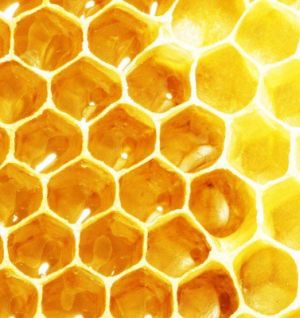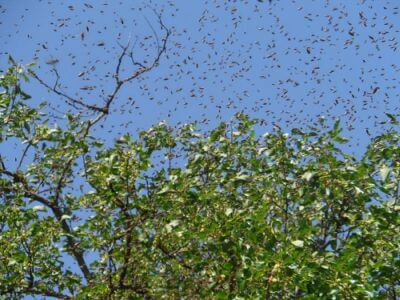 Arjun Walia – Pesticides, which are sprayed in the amounts of billions of pounds per year, have been making a lot of noise lately. This is because multiple published studies, and hundreds of scientists all over the world have identified (without a doubt) them as a catalyst for multiple major human health ailments, including cancer, Parkinson’s & Alzheimer’s disease, just to name a few. They’ve also been reported to have disastrous environmental consequences, but it doesn’t stop there.
Arjun Walia – Pesticides, which are sprayed in the amounts of billions of pounds per year, have been making a lot of noise lately. This is because multiple published studies, and hundreds of scientists all over the world have identified (without a doubt) them as a catalyst for multiple major human health ailments, including cancer, Parkinson’s & Alzheimer’s disease, just to name a few. They’ve also been reported to have disastrous environmental consequences, but it doesn’t stop there.
Another major concern regarding pesticides is the sudden loss of bees that the planet has been experiencing for the past few years. It’s quite concerning, which has scientists scrambling to figure out what’s going on, and it seems they’ve found it.
A new study, published in the July 23rd issue of the Journal of Environmental Chemistry states that:
“Data from this study clearly demonstrates the ubiquity of neonicotinoids in pollen and honey samples that bees are exposed to during the season when they are actively foraging across Massachusetts. Levels of neonicotinoids that we found in this study fall into ranges that could lead to detrimental health effects in bees, including CCD (Colony Collapse Disorder)” – Alex Chensheng, Associate Professor of Environmental Exposure Biology in the Department of Environmental Health at Harvard Chan School and lead author of the study. (source)
The researchers analyzed 219 pollen and 53 honey samples from 62 hives, from 10 out of the 14 counties in Massachusetts. They found neonicotinoids in pollen and honey for each month collected, in each location — suggesting that bees are at risk of neonicotinoid exposure any time they are foraging. Continue reading

 Joshua Krause – Even though bee colonies have been collapsing in droves in recent years, people still manage to disturb their hives on a frequent basis. Whether you’re on a hike in the wilderness, or just clearing brush on your property, running into a bee hive can prove disastrous for your health, or at the very least, ruin your day.
Joshua Krause – Even though bee colonies have been collapsing in droves in recent years, people still manage to disturb their hives on a frequent basis. Whether you’re on a hike in the wilderness, or just clearing brush on your property, running into a bee hive can prove disastrous for your health, or at the very least, ruin your day.